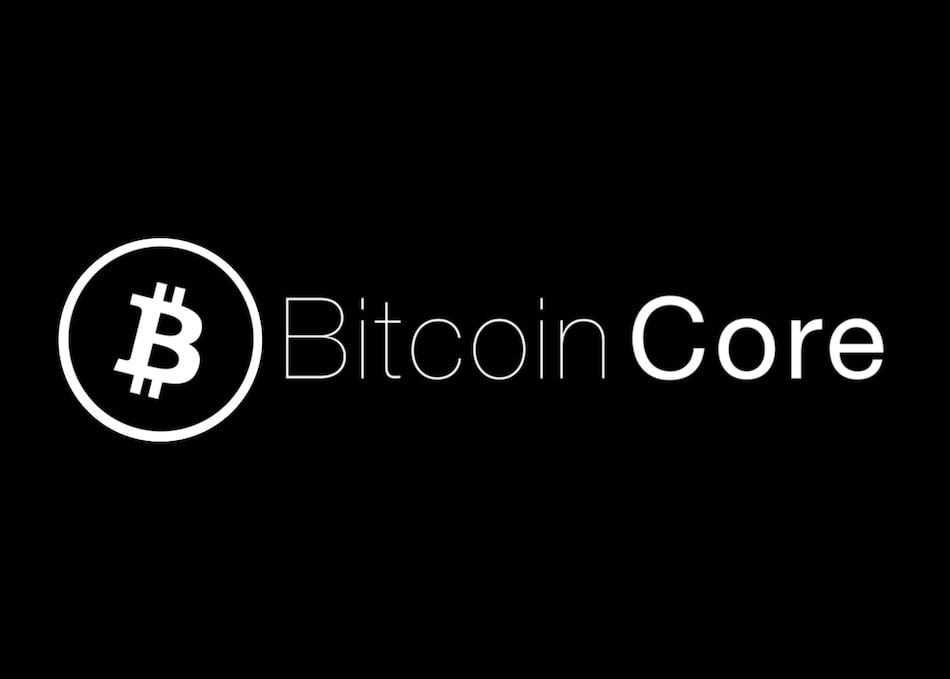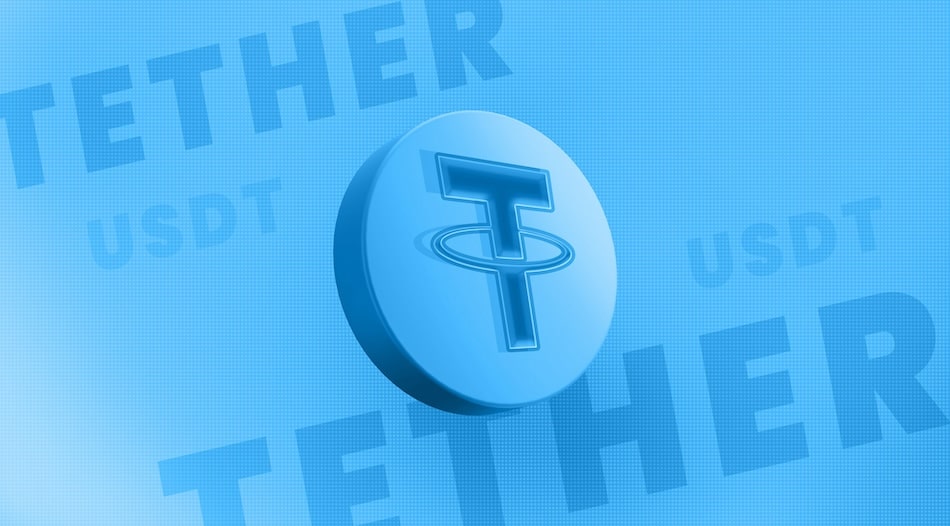
Key Takeaways
- Developers warn 25% of all bitcoin is vulnerable to quantum attacks on legacy addresses.
- A three-phase migration plan would move funds to quantum-resistant addresses and eventually freeze unupdated coins.
- The proposal faces criticism over potential confiscation of inactive coins, sparking debate within the community.
A group of prominent Bitcoin developers has unveiled a proposal to protect the network from the looming threat posed by quantum computing.
Their initiative targets coins held in older address types, which could be compromised if quantum computers reach sufficient power to break existing cryptography.
25% of bitcoin at risk
According to the proposal, around 25% of all existing bitcoin is vulnerable because it resides in addresses with exposed public keys.
This includes long-dormant coins, some allegedly linked to Satoshi Nakamoto.
Developers argue that this is a real and urgent issue, not just a hypothetical concern for the distant future. They warned:
“An attack on Bitcoin may not be economically motivated – an attacker may be politically or maliciously motivated and may attempt to destroy value and trust in Bitcoin rather than extract value. There is no way to know in advance how, when, or why an attack may occur. A defensive position must be taken well in advance of any attack.”
Three-phase transition plan
The developers’ plan involves a three-phase migration.
First, all new bitcoin transactions would be limited to quantum-resistant address types (P2QRH), beginning three years after the adoption of BIP-360.
Second, after another five years, spends from legacy addresses would be invalidated, freezing coins that haven’t migrated.
Finally, users who missed both windows could recover legacy funds using zero-knowledge proofs, though this option remains under research.
Community debate and concerns
Some commentators, including Jacob Youngman, raised concerns that the plan could amount to the confiscation of inactive or legacy-held coins, including those associated with Satoshi. Youngman argued:
“The best we can do would be to give users an opt-in solution that protects them from quantum computers.”
Jameson Lopp, one of the proposal’s authors, responded that failing to act would leave those funds equally vulnerable to malicious actors.




